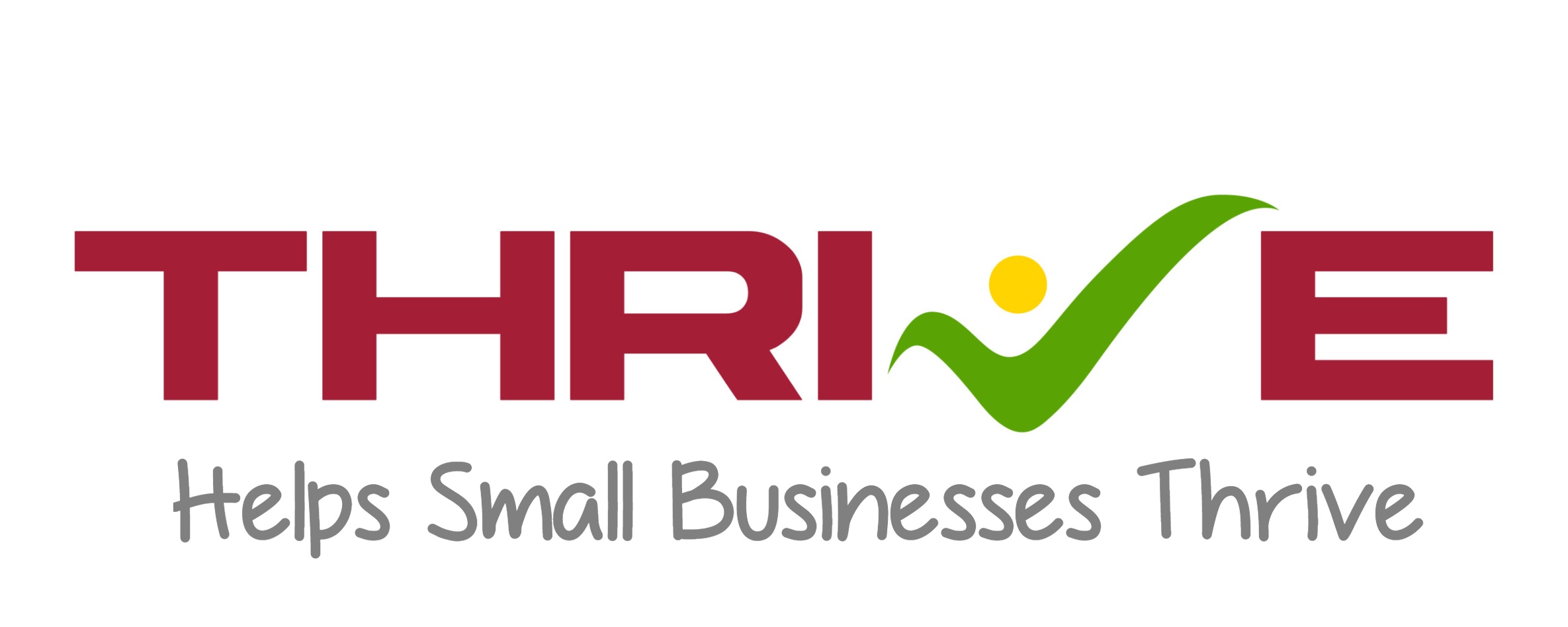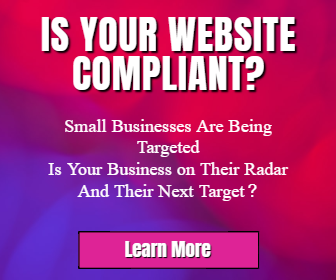We all know that the most important part of a website is the sales letter, or the copywriting. It’s the first thing a visitor sees, and it has to be compelling enough to convince them to buy from you.
But how do you make your copywriting stand out from the crowd? One way is by using a Customer Journey Map. A Customer Journey Map shows visitors how they move through your site from the first point of contact to the final sale.
A Customer Journey Map can show how visitors find your site, what they do when they get there, and how they get to the final page of your sales letter. The map will show where your visitors click, and which pages they visit. It can also show where they drop off and which pages they don’t finish.
You can use a Customer Journey Map to help you create a more compelling sales letter. You’ll be able to see exactly where your customers are clicking, so you can focus your copywriting on those points. You’ll also be able to see where your visitors aren’t clicking, and why. This gives you insight into your customers’ needs, and helps you make your copywriting more compelling.
Here are some tips for creating a Customer Journey Map:
1. Choose the right tool. There are several tools available to help you create a Customer Journey Map. Some are free, and others cost money. Here are a few options:
a) Google Analytics. This is the best free option, because it’s easy to set up and easy to use.
b) ClickMap. This is a paid option that’s very powerful.
c) WebTrends. This is another paid option that’s powerful.
d) Omniture. This is another paid option, but it’s very powerful.
2. Set up your customer journey map. Once you have chosen the tool you want to use, set up the map in Google Analytics. To set up the map, follow these steps:

a) Create a new custom report.
b) Set up your filters. You’ll need to set up filters for each step of the customer journey. For example, you might filter on the country of origin, the city, or the state.
c) Add events. When a user visits your site, add an event to the report.
d) Add events. When users complete a task, such as filling out a form, add an event to the map.
e) Add events. When users click on a link, add an event to the customer journey map.
f) Add events. When users arrive at a particular page, add an event to the journey map.
g) Add events. When users leave the site, add an event to your map.

3. Use the data. Once you’ve created your customer journey map, you can start analyzing the data. You can see which pages are the most popular, which links are clicked, and which links are not clicked. You can even see which links are the most effective.
4. Analyze the results. You can use the data to help you improve your sales letter. You can see which parts of the sales letter are working, and which parts aren’t. You can then tweak your sales letter accordingly.
5. Repeat the process. If you find that a certain page isn’t getting the traffic you hoped for, you can repeat the process again. That way, you can improve the copywriting on the page, and increase the traffic to that page.
6. Use the Customer Journey Map to improve your marketing strategy. You can use the Customer Journey Map to plan your marketing strategy. You can see where your visitors are clicking, and where they aren’t. You can analyze which products are selling well, and which products aren’t. You can then use this information to create better marketing strategies.








